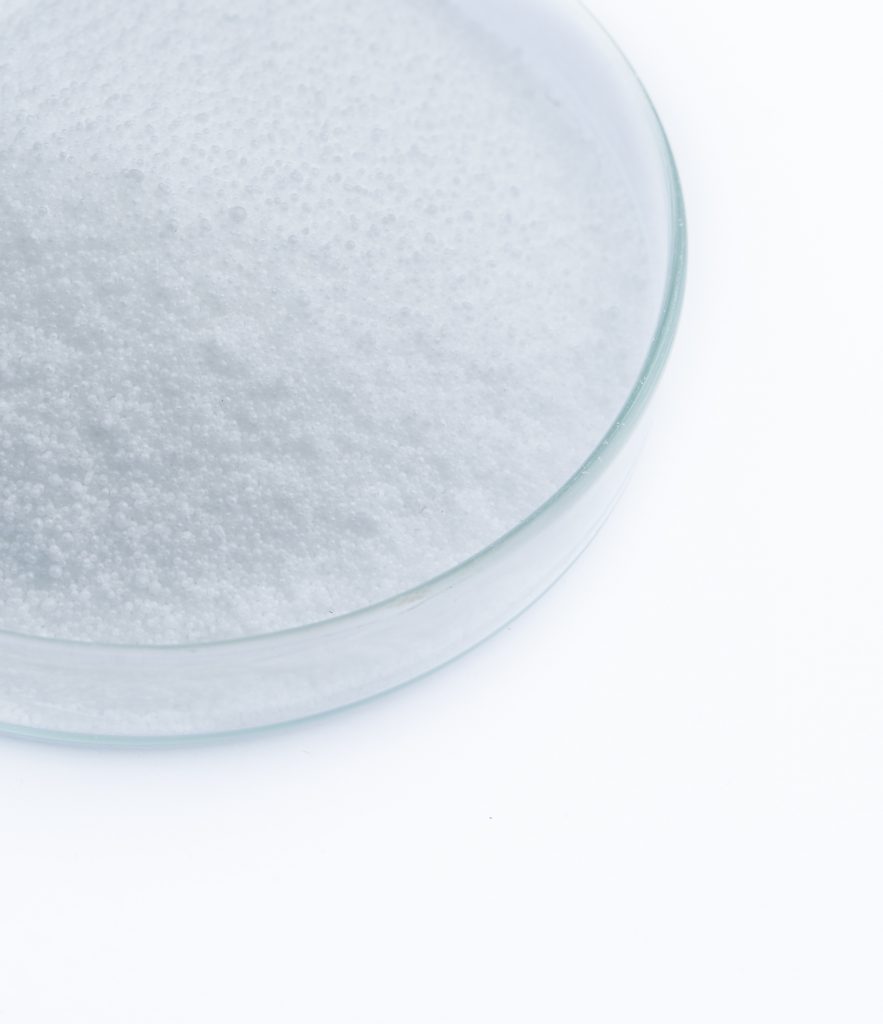In today’s cosmetics industry, ingredients are more than just additives; they are the fundamental building blocks that define the efficiency, texture, and usability of products. One such ingredient, which has quietly been a cornerstone for many formulations, is stearic acid. Despite its scientific-sounding name, stearic acid plays a crucial role in providing our favorite beauty products with the characteristics we’ve come to love. Let’s delve deeper into the world of stearic acid and understand its significance in the cosmetic realm.
What is Stearic Acid?
Stearic acid, with the chemical formula C18H36O2, is a fatty acid found in various animal and vegetable fats. Extracted via hydrolysis, this waxy solid is often used in the production of detergents, soaps, and countless beauty products. Its versatility can be attributed to its unique properties, which make it an invaluable asset in cosmetic formulations.

Applications of Stearic Acid in Cosmetics
- Emulsifying Agent: A primary application of stearic acid in cosmetics is as an emulsifier. Emulsifiers allow water and oil, which usually don’t mix well, to form a stable blend. When applied to the skin, products with stearic acid provide a smoother feel due to this stable emulsion.
- Thickening Agent: Stearic acid gives products the perfect consistency. Whether you want a creamy lotion or a thick body butter, this acid can adjust the product’s viscosity to create the desired texture.
- Cleansing Agent: Many facial cleansers and soaps owe their efficacy to stearic acid. It aids in binding dirt and oils from the skin, making it easier to wash them away, thus ensuring a thorough cleanse.
- Opacifying Agent: In products like shampoos and shower gels, stearic acid provides a creamy and opaque appearance. This might not change the effectiveness of the product, but it does enhance its aesthetic appeal.
- Regulating Consistency: The acid’s ability to solidify at room temperature helps maintain the solidity of products like stick deodorants or lipsticks, offering a consistent application each time.
Benefits in Cosmetic Formulation
- Skin-Friendly: Despite its acid label, stearic acid is incredibly skin-friendly. Researchers have shown that it maintains the skin’s moisture barrier. This helps hydrate the skin and reduces water loss
- Natural Origin: With a growing demand for organic and natural cosmetics, stearic acid, especially when derived from vegetable sources, is gaining popularity.
- Stability: It ensures product stability over time, meaning your favorite cosmetics have a longer shelf life.
Safety and Environmental Considerations
“Though people generally consider stearic acid safe, its source is crucial. Vegan and cruelty-free brands prefer stearic acid derived from vegetables, but they don’t use the one extracted from animal fats. Environmentally-conscious consumers are also favoring sustainable sources, like palm-free options, given the environmental implications of palm oil extraction.
Conclusion
Stearic acid might not be the most glamorous ingredient in the cosmetic world, but its benefits are undeniable. From providing the right texture to ensuring our skin remains moisturized, this fatty acid is indeed a silent hero in our daily beauty regimen. As the cosmetic industry evolves, the demand for safe, effective, and sustainable ingredients like stearic acid will only increase. It’s an element that’s here to stay, promising a brighter and more beautiful future for all.

